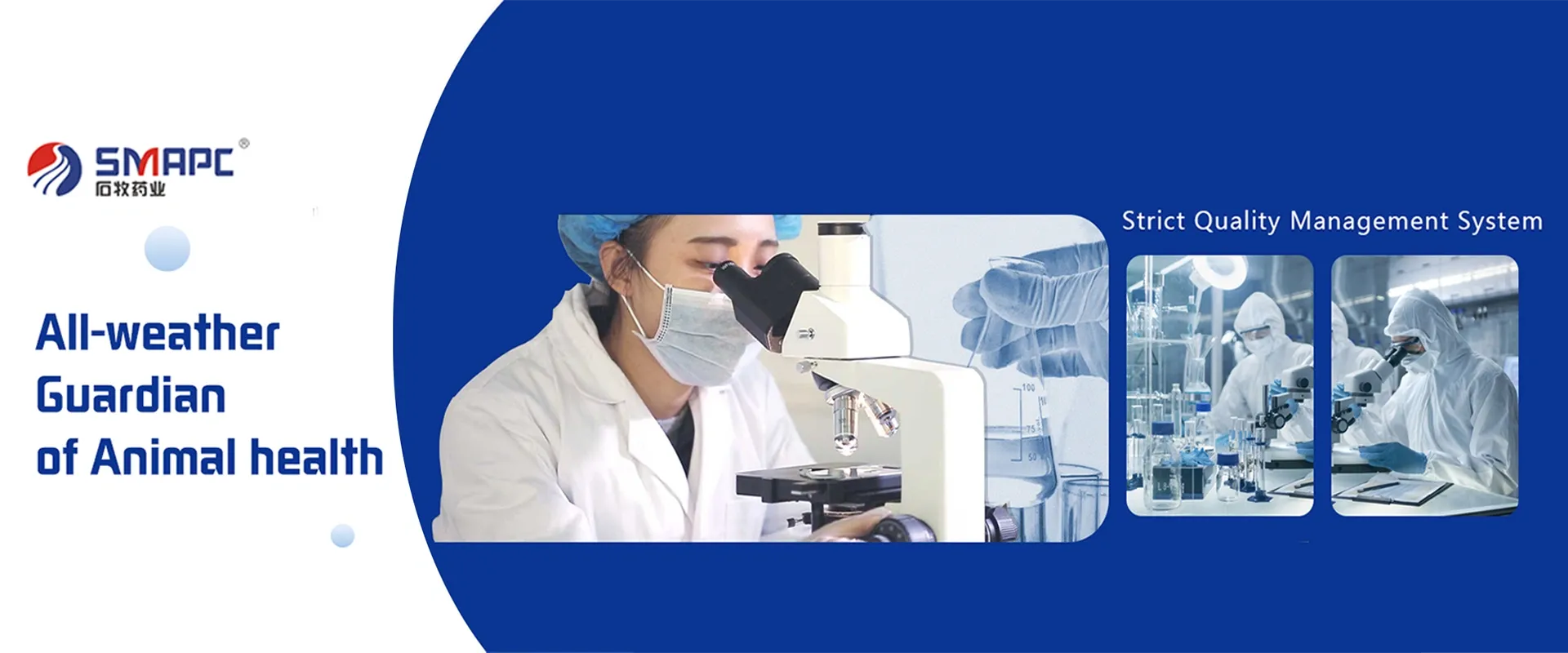- Capsules consist of a gelatin shell containing the drug powder or liquid. They are easy to swallow and can mask the taste of unpleasant medications. Capsules can be either hard or soft, with hard capsules commonly containing powders and soft capsules containing oils or liquid formulations.



